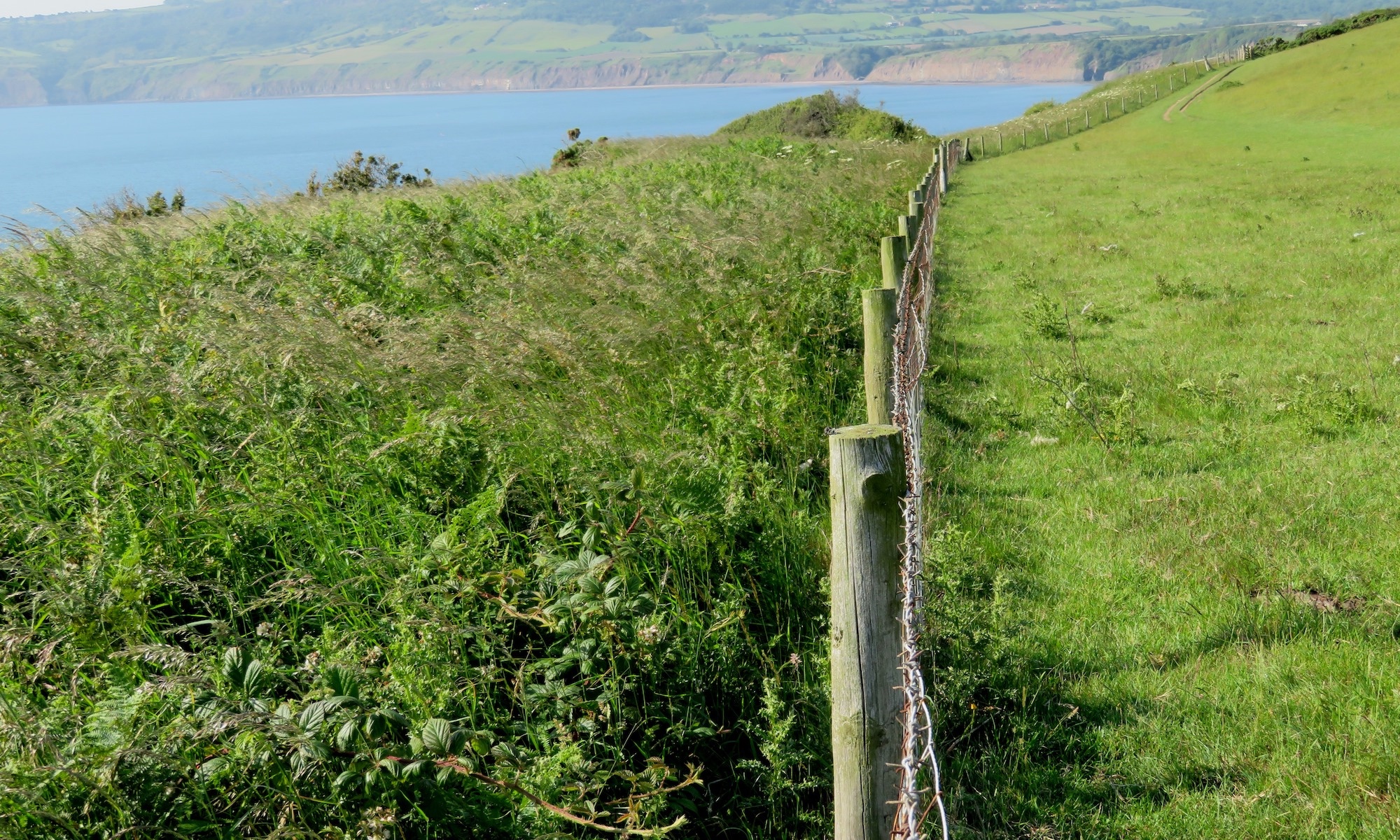by Hilary Koll.
21st July, 2023
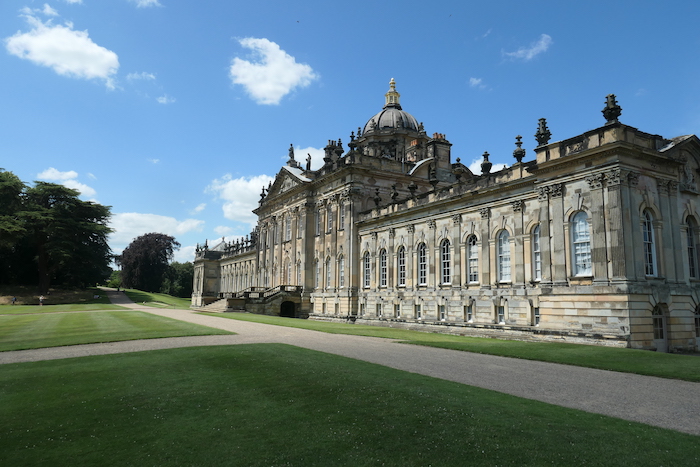
I wonder how many people, above a certain age, look at this photo and immediately hear Geoffrey Burgon’s classic soundtrack to the 1980s serial ‘Brideshead Revisited’ playing in their head. Iconic images of gravel drives, manicured lawns, clipped hedges, immaculate parkland and Jeremy Irons spring to mind. And so it was for me as I trundled along the entrance road to the estate to meet Guy Thallon, Head of Natural Environment, at Castle Howard.
Guy had kindly agreed to show me round and to discuss the 15-year plan for the land and buildings of the 3500-hectare estate. I knew they had initiated the contact with the Yorkshire Rewilding Network and, perhaps unfairly, assumed that some of this meeting would involve discussion of a bit of tree-planting on the estate or the like, but instead I came away absolutely bowled over!
Nicholas and Victoria Howard took over Castle Howard in 2015 and, together with the board, have established an ambitious, exciting 15-year plan, which is now in its early years of execution. Being a Visitor Attraction with more than a quarter of a million people coming to explore the formal stately home and grounds each year, one might have expected a sole focus on tradition, on keeping things the same. The plan, however, with its strategic pillars ‘Restore, Revive, Regenerate’ details how it will restore buildings, revive local communities, and, most boldly, regenerate the natural environment in an era of climate crisis.
As Guy explained, at this time of climate emergency, it is vital for us to improve habitats to increase biodiversity and allow natural processes to restore our soils, our wildlife and our lives in general. With a background in geography and soil management, and considerable experience working with farmers and commercial food retailers, Guy moved towards the areas of sustainability and innovation before joining the Castle Howard team in 2022. His expert knowledge of agriculture and natural capital combined with his passion for soil science and biodiversity, has made him perfect for his role. He outlined how, for this plan, baselining was a vital component as a starting point for regenerating the natural environment, of which his role has ownership. High resolution satellite imagery was taken to map the landscape of the estate and then different habitats were classified across the 3500 hectares – creating 6093 different habitat units.
These fall into four main areas:
- Arable land, which makes up approximately 50% of the estate (largely contract-farmed)
- Parkland areas, hardy rye-grass fields required for big events, overflow car-parking and so on
- Marginal land, generally blocks of low- or non-yielding land
- Woodlands
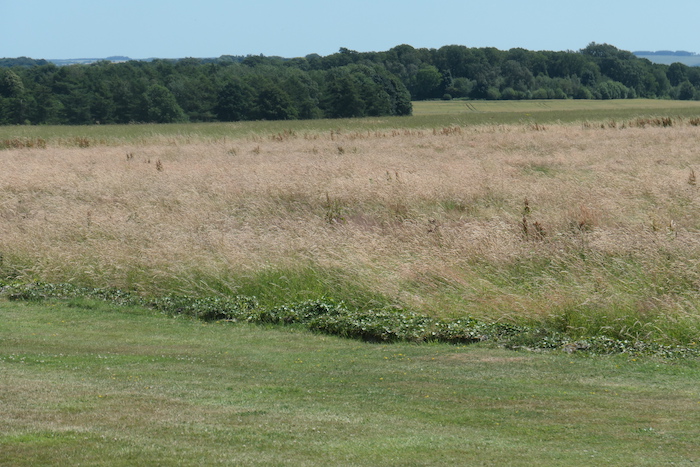
Impressively, their aim is to improve biodiversity in all four areas across the estate.
This has involved questioning how to make the arable land more diverse, by, for example, multi-cropping, reducing use of insecticides, herbicides etc. They plan to work with their contract farmers to help them move away from conventional farming systems towards more regenerative farming methods. For their parkland areas, where visitor requirements place limitations on what can be done to increase biodiversity, wildflowers are already encouraged and they are helping ground-nesting birds by sheep-grazing until March and then not mowing until as late as possible in the summer, vital to ensure that species, such as skylarks and meadow pipits, have time to bring off their broods before the grass is cut.
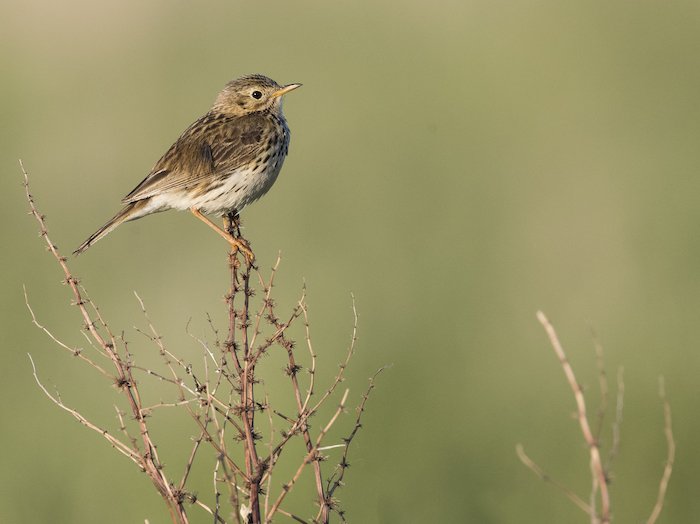
Inspired by existing large-scale rewilding projects, like the Knepp estate, the plan is for marginal land to be transitioned over to become wilder places, with plans for over 150 hectares to begin to be rewilded from 2024. The aim too is to take more land out of arable production and increase the proportion of the estate that could be used for carbon-offsetting or natural capital projects into the future, to potentially allow rewilding to help finance the ongoing restoration of Castle Howard’s buildings, whilst at the same time responding to the climate emergency’s needs.
Finally, there is a shift in focus for their woodlands towards greater biodiversity, starting with the bold decision to end commercial shooting on the estate in January 2023. The woodlands, having been managed in the traditional model for many years, will be looked after using a more regenerative approach, moving away from more damaging conventional practices, such as clear-felling and pheasant rearing, and towards developing more multi-layered diverse woodland. And, as with all projects aimed to increase biodiversity, consideration is rightly being given to connectivity of landscapes, blurring the edges between different habitats and creating vital wildlife corridors. Guy talked also of a longer-term vision for rewilding using large herbivores at Castle Howard and the prospects of reintroductions of Red Squirrels and Pine Martens one day. His hopes, too, include having a permanent team of scientists and ecologists in the future, advising on how to manage the natural environment for maximum biodiversity.
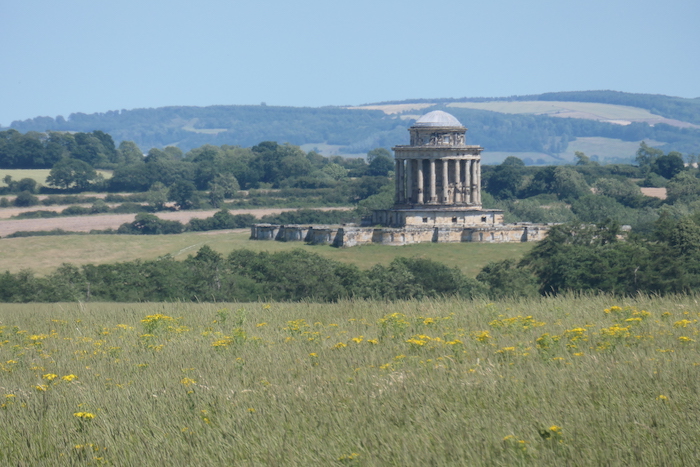
Listening to him outline these – for me exciting and inspiring – plans made me wonder how the visitors to Castle Howard and the local community were reacting to these changes. According to Guy, responses so far have been supportive and positive. Although the shift towards regeneration and sustainability is central to the decisions being made by the estate, the public’s awareness of the changes will be more gradual, and education, of course, is an important consideration. The estate envisages involving volunteers in conservation projects into the future and hopes that Castle Howard will lead the way in demonstrating how communities can be revived alongside natural restoration.
Later, exploring the grounds further, I was delighted to see, beside the more recognisable traditional gardens, meadows of grasses and wildflowers with butterflies, bees and damsel flies spilling out, rough verges with thistle, dock, meadowsweet, ragwort and ladies bedstraw, and uncut fields with skylarks and meadow pipits – and this is before the rewilding projects begin!
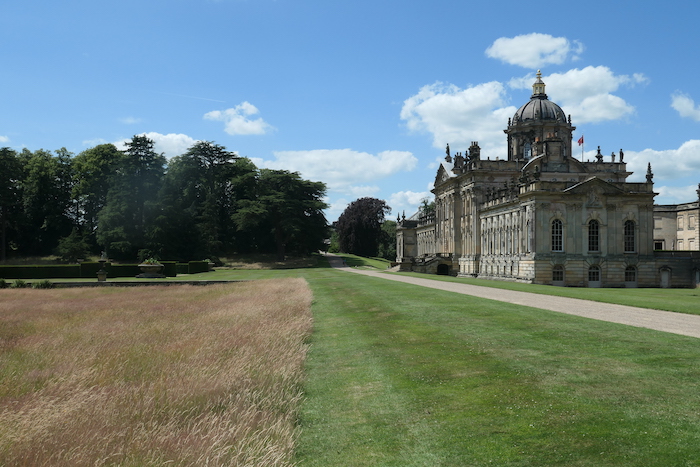
So, far from my initial thoughts of ‘a bit of tree-planting’ – although they do indeed have an excellent tree-nursery on site that is being expanded – the future impact of their Restore, Revive, Regenerate approach promises to be an exciting prospect for biodiversity. I, for one, look forward to following Castle Howard’s Way and hope that other similar estates may become as enlightened.
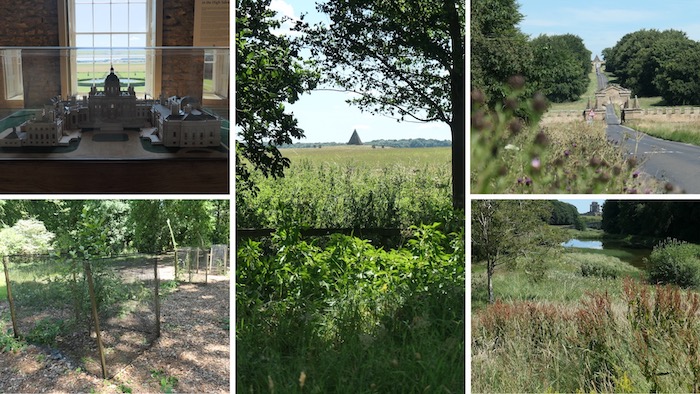
Useful links:
